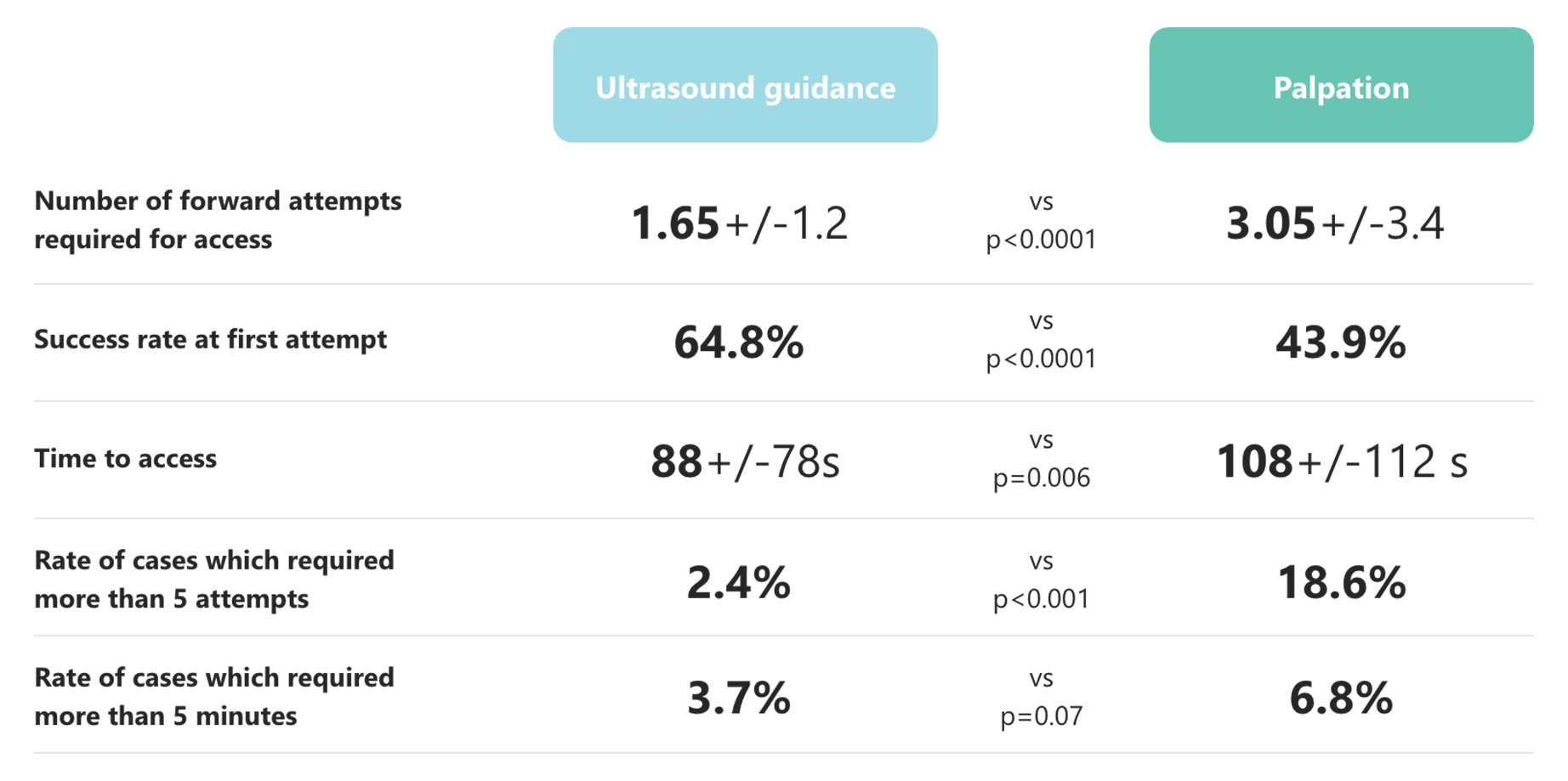Radial Artery Puncture
How to TRY TRI
How to Puncture
TRI Basics Puncture
How to puncture radial artery and place introducer sheath.
Needle handling

Pencil style
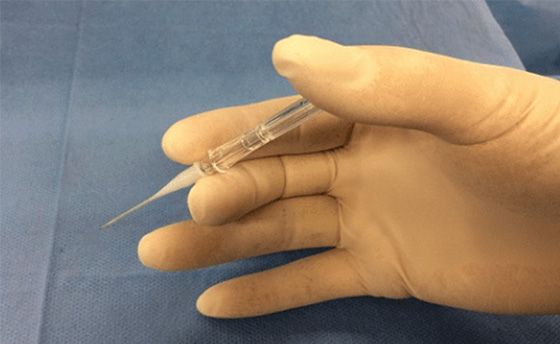
Syringe style
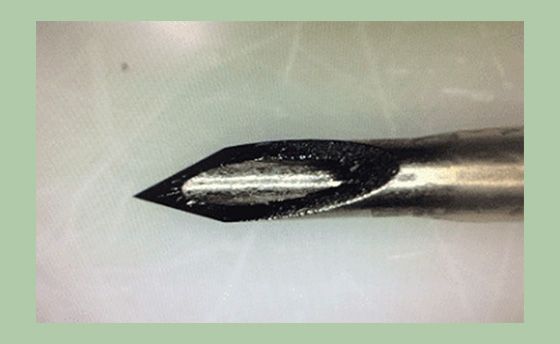
Bevel side up
Two Types of the Puncture with Proper Needle
| Anterior puncture | Double wall puncturen | |
|---|---|---|
| Pros | One action | Easy to target small artery Less bleeding until wire insertion. |
| Cons | Shallow angle is critical to avoid possible perforation | Need double action |
| Needle |
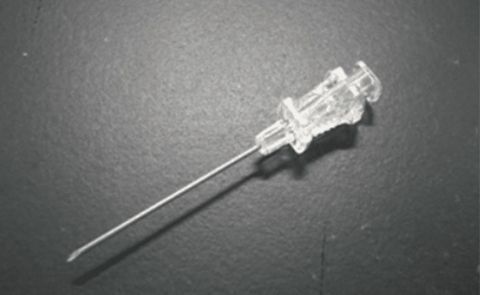
|
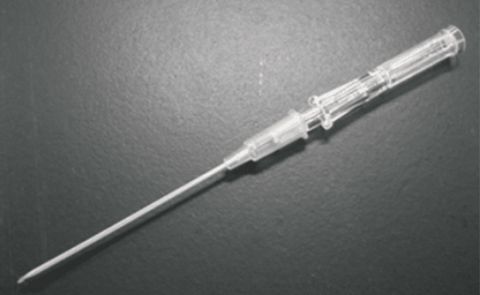
|
| Method |
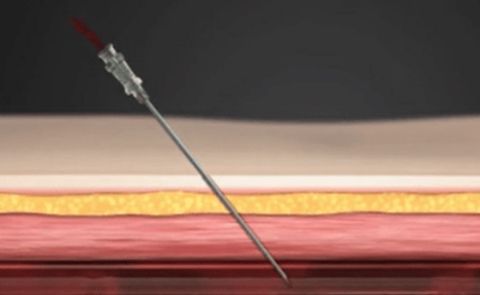
Insert the needle into the artery; blood flush 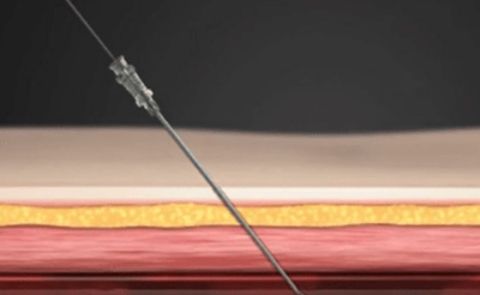
Insert guidewire |
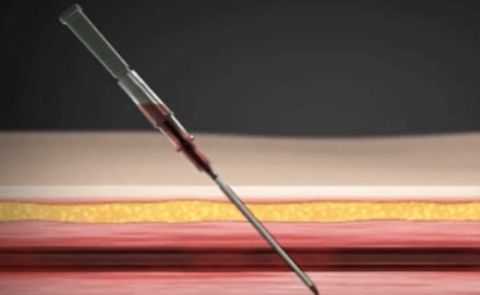
Insert the needle into and over the artery; no flush 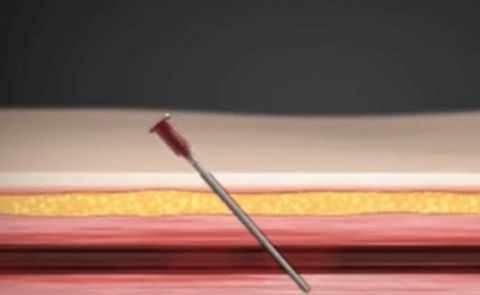
Remove inner needle 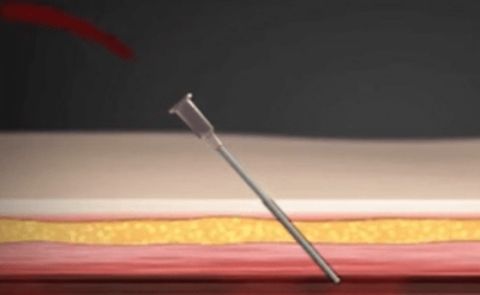
Blood flush |
RATE trial *1 showed both are equally safe, and double wall puncture was quicker. Access time (sec.) : 134.2 + 87.5 vs 78.3 + 37.7, p<0.001
Puncture Using Ultrasound
RAUST (Radial Artery Access With Ultrasound Trial) *2 suggest “Seeing is more accurate than feeling”. Ultrasound guidance improves the success and efficiency of radial artery cannulation.
